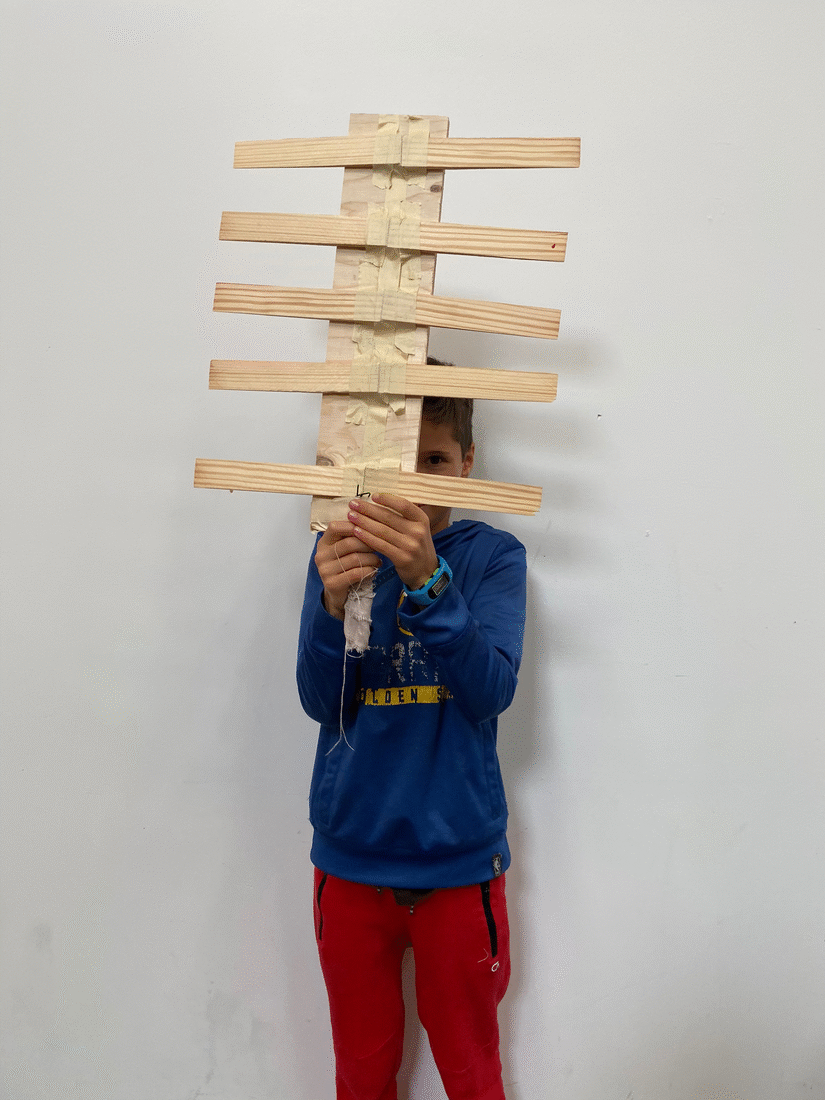“Conversations”
During a collective moment made between iPhones during the first six weeks of Shelter-in-Place in San Francisco
In a series of abstract “conversations” artists walk us through their studios, bring artworks into nature, talk about objects significant to them, play the flute, move their bodies, and describe a future they wish to participate in. The “episodes” balance an ambiguous circumstance with a cautiously optimistic perspective directly from working artists.
Six episodes aired on MSP.TV
The impact of ART in ALL CAPS
During high school, the art teacher (there was one) told me I painted wrong. ??? Two(+) decades later, every day, I wonder — imagine being exposed (at a young age) to creativity, art and wonder from the source: working creatives and artists.
ART Camp’s curriculum navigates alongside contemporary art, and the makers behind the work. Class takes part in an active artist studio community, and after exploring various media, students visit artist studios and galleries, age appropriate conversation throughout.
How do you draw community, every name that told a story
As part of the curatorial team, The Folks (Dan Johnson, Maria Otero, Brion Nuda Rosch) — our first task was exploring the history of the store.
Amanda Eicher had founded the Adobe Books Backroom Gallery ten years prior. Eicher had painted a single line around the perimeter of the store.
The line represented our shared horizon — individuals standing with the genius of many.
For our first project as The Folks, we invited Amanda Eicher to return to this work. With the single prompt: “where do we stand now?”.
The result was a relationship map articulated from collective memory — it included every name that had contributed to the culture at Adobe Books.
After Adobe Books re-location from their original 16th Street location, in a vastly expanded form — “Genealogy” was recreated for the Oakland Museum and SFMOMA’s jointly organized “Fertile Ground: Art and Community in California”.
The work was later acquired by the Berkeley Art Museum and Pacific Film Archive.
Related coverage:
Brooklyn Rail
Open Engagement
What can you achieve in 24 hours?
The framework was simple: an artist was invited (for one day) to explore shared interests in our related practices. During these extended, lazy studio visits — conversation occurred while preparing food and within this comfortable setting potential collaborations were addressed. In many cases nothing was made, rather varied points of view provided clarity around our shared interests. These informal meetings were productive. The results were documented via website and or printed matter distributed at local book stores.
The one day artist residencies led to exploring similar concepts as a contributor to SFMOMA’s Open Space
Drawing from memory after looking at iconic cartoon characters online for 3 minutes with artist Chris Coy
Unconventional use of a large institution
With an open door to the SFMOMA, I explored an unofficial “residency” within the sacred Botta building.
VARIOUS WORKS MADE BY PARTICIPATING ARTISTS PROMPTED TO RESPOND TO SPECIFIC WORKS IN THE COLLECTION: CHRIS SOLLARS, BRAD TROEMEL, DAVID KASPRZAK, JAMES STERLING PITT, CHARLENE TAN, JON RAFMAN, JASON METCALF, and JULIE CLOUTIER









